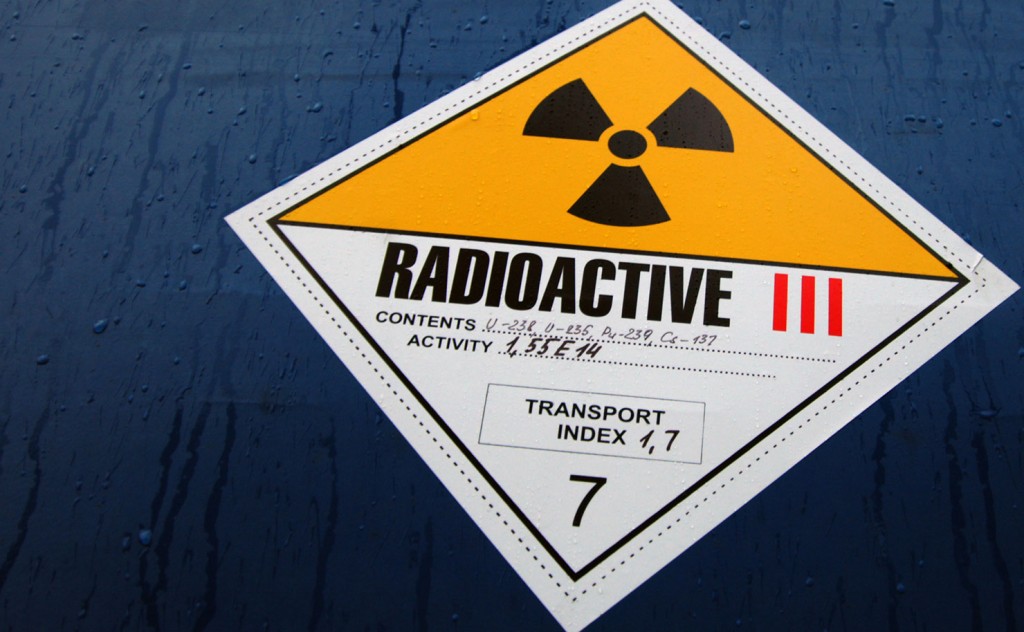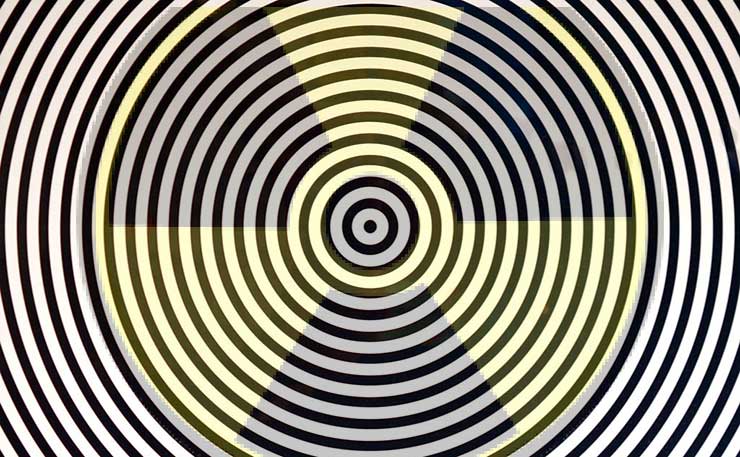The numbers around a nuclear waste economy don’t add up, writes Roderick Campbell. And then there’s the history….
The idea of a nuclear waste dump in South Australia is sold as a saviour for South Australia’s economy. SA’s former governor and Royal Commissioner Kevin Scarce has joined the chorus:
Financial assessments suggest that [a nuclear waste facility in SA]could generate total revenue of more than $257 billion, with total costs of $145 billion.
Wow, that means we’ll make over $100 billion! Break out the Banrock Station! Have a holiday in Hahndorf! Take trams to Mt Gambier!
But what if this was just a little too good to be true? What if the benefits of this proposal go not to ordinary South Australians, but to the big companies involved in the nuclear industry?
The Royal Commissioner’s numbers are based on a study by Jacobs MCM, a company:
With more than fifty years of experience across the complete nuclear asset lifecycle, we support client delivery and the associated infrastructure requirements at every stage of a project.
The SA Royal Commission unquestioningly repeating the findings of a consultant with a deep interest in the nuclear industry is just the latest in South Australia’s rich tradition of nuclear propaganda.
Guess what year this was written in the Adelaide Advertiser:
It must be seen by any moderate thinking person that the radium mining field of Olary [South Australia] must eventually become the greatest and richest mining centre of the globe, and the sooner the Commonwealth Government awake to this fact the sooner will the positive prominence of Australia, be recognised by the nations of the world.
That was written in 1913. A century later, the ‘tizer is still glowing on about nukes:
BILLIONS of dollars from the nuclear industry could deliver free power to all South Australians and the abolition of state taxes, [SA Liberal Senator Sean Edwards] says.
Hardly anyone actually reads economic reports like the one Jacobs wrote, even commentators and ‘experts’ and probably not the Royal Commission. These reports are hundreds of pages long, full of impressive graphs, jargon and econobabble – they’re meant to be hard to read.
But if you can wade through the mud, you find gems/radioactive waste like this:
Conclusion – “best equipped” countries [are willing to pay an]average of at least AUD1.2M per tonne of spent fuel, other countries will be yet higher. (page 116)
Translation – Rich countries with advanced nuclear industries have budgets to deal with their nuclear waste that average $1.2 million per tonne. So poor countries that don’t have decades of nuclear experience will be prepared to pay even more.

To be specific, Jacobs say that since Sweden, Switzerland, Finland, Canada, France, USA and the UK have budgeted $1.2 million per tonne, prospective nuclear countries like Nigeria, Ghana, Vietnam and Bangladesh will pay $1.75 million per tonne.
Let’s be clear. Jacobs and the SA Royal Commission think that Nigeria will pay 50 per cent more than Sweden for nuclear waste management. They think Bangladesh budgets more for environmental protection than Switzerland.
Even stranger, Jacobs MCM assumes that no-one will compete with South Australia for the ‘billions’ in revenue nuclear waste storage could bring, or if they do, this won’t push the price down.
Basic economics suggests that big profits should bring competition. Countries like Russia, China, Kazakhstan and South Africa already have nuclear industries and sparsely populated areas, so why wouldn’t they compete and push down the price?
Then there’s the Ukraine, which Jacobs claims:
Given the tenuous nature of [the Ukraine’s]current arrangements with Russia, its growing reliance on nuclear energy and its lack of a developed disposal option, the Ukraine is considered a candidate country for an international solution. (page 107)
Except the Ukraine already has the perfect place to store nuclear waste – the still-radioactive site of the Chernobyl disaster. And what do you know?! They’ve thought of that and are building a storage facility right there.
So if the economic case for the SA nuclear waste dump is based on such nonsense, why is there such a strong push behind it?
To their credit, Jacobs MCM is pretty clear on this:
The removal of the ‘[waste]problem’ will definitely reduce the perceived risk for potential investors in a new nuclear programme or a debt provider for a mid-project refinancing. (page 121)
In other words, if South Australia will commit to taking international nuclear waste, it will be easier to sell new nuclear programs to investors, and easier to renegotiate the debts of existing nuclear companies. The nuclear industry will make more sales and pay lower interest rates up front, if South Australia is willing to spend $145 billion and have nuclear waste stored in ‘temporary’ storage for the next hundred years (see chart on p114).
That’s the bet that the nuclear industry is making – that with enough lobbying and enough reports like Jacobs’, South Australia might just take their waste off their hands.
SA’s media and political elite think it’s a great idea. Fortunately, South Australia’s voters are not quite so easy to spin.
Donate To New Matilda
New Matilda is a small, independent media outlet. We survive through reader contributions, and never losing a lawsuit. If you got something from this article, giving something back helps us to continue speaking truth to power. Every little bit counts.





